Iran’s nuclear potential can be cut, but not eliminated
By Jon B. Wolfsthal | February 8, 2022
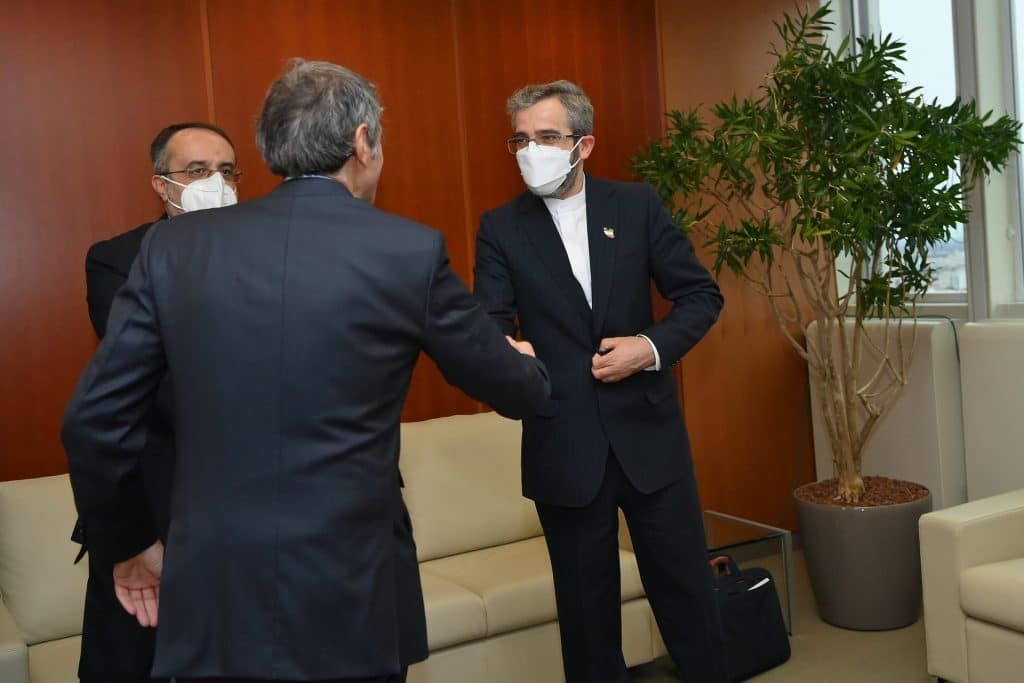 Rafael Mariano Grossi, IAEA Director-General, welcomes Dr. Ali Bagheri Kani, Vice-Minister of Foreign Affairs of the Islamic Republic of Iran, and his delegation upon their arrival at the Agency headquarters in Vienna, Austria. 2 December 2021. Photo Credit: Dean Calma / IAEA. (CC BY 2.0)
Rafael Mariano Grossi, IAEA Director-General, welcomes Dr. Ali Bagheri Kani, Vice-Minister of Foreign Affairs of the Islamic Republic of Iran, and his delegation upon their arrival at the Agency headquarters in Vienna, Austria. 2 December 2021. Photo Credit: Dean Calma / IAEA. (CC BY 2.0)
Iran is today much closer to having the material it needs to build a nuclear weapon—perhaps only a few weeks away if it chose to do so—than it was when President Trump violated the Joint Comprehensive Plan of Action, or indeed when the agreement was first implemented in 2015. The JCPOA was negotiated to put in place a one-year gap between any decision by Iran to acquire enough material for a weapon and the ability to produce one. As a result of the expertise Iran has built since President Trump violated the deal by re-imposing sanctions without cause, it now appears all but impossible to recreate a one-year breakout timeline. Any new deal will likely have a shorter “breakout period” but would still likely be an improvement over the very short fuse that exists today.
The JCPOA was based on undeniable facts. Iran has known since at least 2003 how to build nuclear weapons, a technology some 70-plus years old. This has been shown via multiple International Atomic Energy Agency reports. Iran has also known for over 15 years how to enrich uranium via centrifuges. It was operating many thousands of them in the run up the JCPOA negotiations. Both of these things were true even before President Obama, who negotiated the JCPOA, came to office. Thus, the JCPOA embodies a key truth: The only constraint that could possibly block Iran’s path to a nuclear weapon, should it ever choose to build one, was to prevent the Iranian government from gaining access to weapons-grade nuclear materials, i.e. highly enriched uranium. No weapons-grade material—no weapon. Even with the 300 kilograms of low-enriched material the agreement allowed, Iran would not have enough uranium on hand to build even a single bomb. The one-year breakout timeline was a political decision, based on how much time that JCPOA members believed it would take to generate an international response to any Iranian move to build weapons.
What was achieved through the JCPOA remains truly remarkable. Iran voluntarily restricted itself to having no more than 300 kilograms of enriched uranium, capped at no more than 3.67 percent of uranium-235. It also agreed to adopt the most intrusive verification provisions ever negotiated by cooperative agreement. In exchange Iran was to be given access to its own money, which had been frozen for almost 40 years, and the ability to legally do business on the international market.
All of these valuable provisions have been undermined by the unilateral move by the former president to violate the terms of the JCPOA. Today, instead of 300 kilograms of enriched uranium, Iran has over 2,000 kilograms of it—or six times the amount permitted in the JCPOA. This is together more than enough for several weapons. And instead of being capped at 3.67 percent enrichment, some of this material has been enriched up to 60 percent uranium 235. This is almost two-thirds of the way to weapons-grade purity. Additionally, Iran has advanced well beyond the use of its first-generation uranium enrichment centrifuges—the IR-1—and is now gaining valuable experience using IR-2, IR-4, and IR-6 model units. Iran is also mastering the complicated process of interlinking these units so it can feed low-enriched uranium into cascades, meaning it can even more quickly move from low to high levels of enrichment in the future.
The decision by President Trump, enabled by former Secretary of State Mike Pompeo and National Security Adviser John Bolton, to violate the JCPOA and free Iran to advance its nuclear program has been a complete policy, technical, and security failure. Iran is equally if not more active in the Middle East than it was under the JCPOA and is now much closer to being able to leverage its nuclear capabilities over states in the region. The United States, not Iran, is seen as an unreliable actor on the nuclear front, and getting back into an agreement has taken over one year of effort and counting by President Biden and his negotiating team.
Sadly, as a result of President Trump’s actions, there are no good options left, but there is a decent one: that is to negotiate steps for Iran to again accept restrictions over how much nuclear material it can possess and what it can do with that material—if we can. Such restrictions are what the ongoing negotiations in Vienna among the JCPOA members are all about. But there is a catch. Even if the original terms of the JCPOA can be reimposed, Iran will have cleared many of the technical hurdles that enabled the original agreement to put Iran at least one year away from a weapons capability. An inability to recreate a one-year breakout timeline is the price that the world must pay for President Trump’s decision to withdraw from the carefully negotiated and verified agreement. Any new agreement is therefore likely to have a breakout period that is much shorter than one year. As stated above, the good news is that the one-year timeline was a political, not a technical decision. The breakout timeline is an alarm system enabling states to take actions, as needed, to deter or reverse any decision by Iran to go for a bomb. These can be an economic, political, or even military steps and can be a powerful deterrent in confronting any Iranian interest in going for a bomb.
The members of the JCPOA must decide how long of a breakout period they need to have confidence they can respond to any Iranian moves to weaponize its nuclear complex. These states have tools they can use to try to prevent Iran from building nuclear weapon should a deal fail, but all will be less effective unless there is a negotiated agreement put back in place. And at the end of any agreement, if the United States and its partners and allies believe that Iran is not committed to a purely peaceful program, then additional sanctions and negotiations can be pursued as terms of the original agreement begin to expire.
What has the United States learned over the past several years? One, the decision by the last administration to violate the Iran deal was counterproductive, undermining both global and regional security. Two, there is no agreement better than the 2015 JCPOA to be had through hard pressure or unilateral action alone. Under President Trump, the United States tested the premise that a better deal could be had, and it has proven to be a dangerous fantasy. Three, those who opposed the JCPOA or claimed that there was a better deal to be had—as well as those who led the United States to violate the 2015 deal—helped create the enhanced nuclear threat that Iran now poses. They are the ones who bear the responsibility for this danger. And as such their advice—which will be freely and loudly offered if any new agreement is negotiated—should be heavily scrutinized, if not flatly rejected. Many of these critics are the same people who opposed a negotiated agreement with North Korea in the early 1990s. Their legacy, a fully armed and operationalized nuclear North Korea, is obvious for anyone to see. No one can want to see a repeat of that with Iran.
The final lesson is that negotiated diplomatic agreements have prevented proliferation in the past, whereas unilateral measures and military intervention are almost always less effective than these negotiated alternatives. Negotiations and agreements, backed by unified global support, often work. While not perfect, in comparison to military action, negotiated solutions look extremely good. There may be no way to fully re-create the benefits of the JCPOA unless Iran accepts deeper restrictions on the size of its uranium stocks, something that would likely require additional incentives from the United States and others. Currently, such restrictions seem unrealistic, but they might be possible in a follow-on agreement, should one be negotiated.
United States, Europe, and American allies in the Middle East will be paying the cost for the Trump/Pompeo/Bolton failure for years to come. Decisions have consequences, but it is not too late to prevent a fully nuclear-capable Iran, if the United States is prepared to negotiate from a position of realism. That may not be a perfect outcome; negotiated agreements in the real world rarely are. But by any measure, a negotiated outcome that keeps Iran from building nuclear weapons would be better than the status quo.
Sadly, there is no outcome negotiated or imposed that can prevent Iran from being a latent nuclear state. Even military invasion and occupation could not achieve that at this stage. The time for hard choices is upon us, and options are more limited now due to the past fantasy of “a better deal” through maximum pressure.
Together, we make the world safer.
The Bulletin elevates expert voices above the noise. But as an independent nonprofit organization, our operations depend on the support of readers like you. Help us continue to deliver quality journalism that holds leaders accountable. Your support of our work at any level is important. In return, we promise our coverage will be understandable, influential, vigilant, solution-oriented, and fair-minded. Together we can make a difference.
Keywords: Bolton, Iran nuclear deal, JCPOA, Pompeo, Trump, breakout
Topics: Analysis, Nuclear Risk, Nuclear Weapons
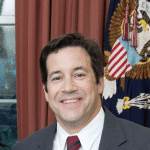

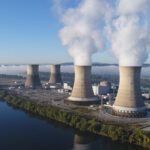






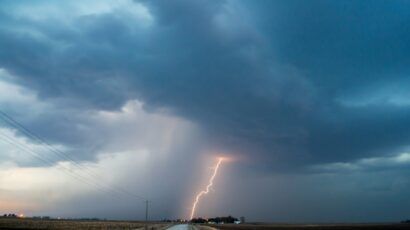
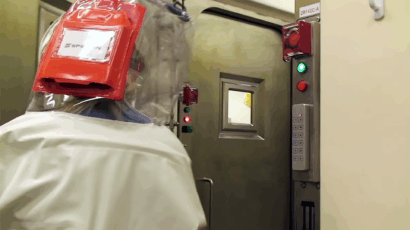





Spot on. Personally, I never understood the argument for a 1 year breakout time. What is the flight time from Bahrain to Natanz?
See: https://thebulletin.org/2015/02/negotiating-with-iran-breakout-and-sneakout/